Comparison of Physical Assessment Among School-Aged Children from 5 to 12 years
VerifiedAdded on 2023/04/21
|6
|1448
|247
AI Summary
The parameters of physical assessment of school-aged children from 5 to 12 years include weight, general appearance, heart rate, respiratory rate, blood pressure, pulse rate, basal metabolic index, and body temperature. The technique of the physical assessment must be conducted under the presence of parents, and it is recommended to conduct the assessment in front of the mother for girls and in front of the father for boys. The article also discusses the typical assessment for a child of a specific age and the developmental assessment of a child using Erikson's Theory of Psychological Development.
Contribute Materials
Your contribution can guide someone’s learning journey. Share your
documents today.
1 out of 6
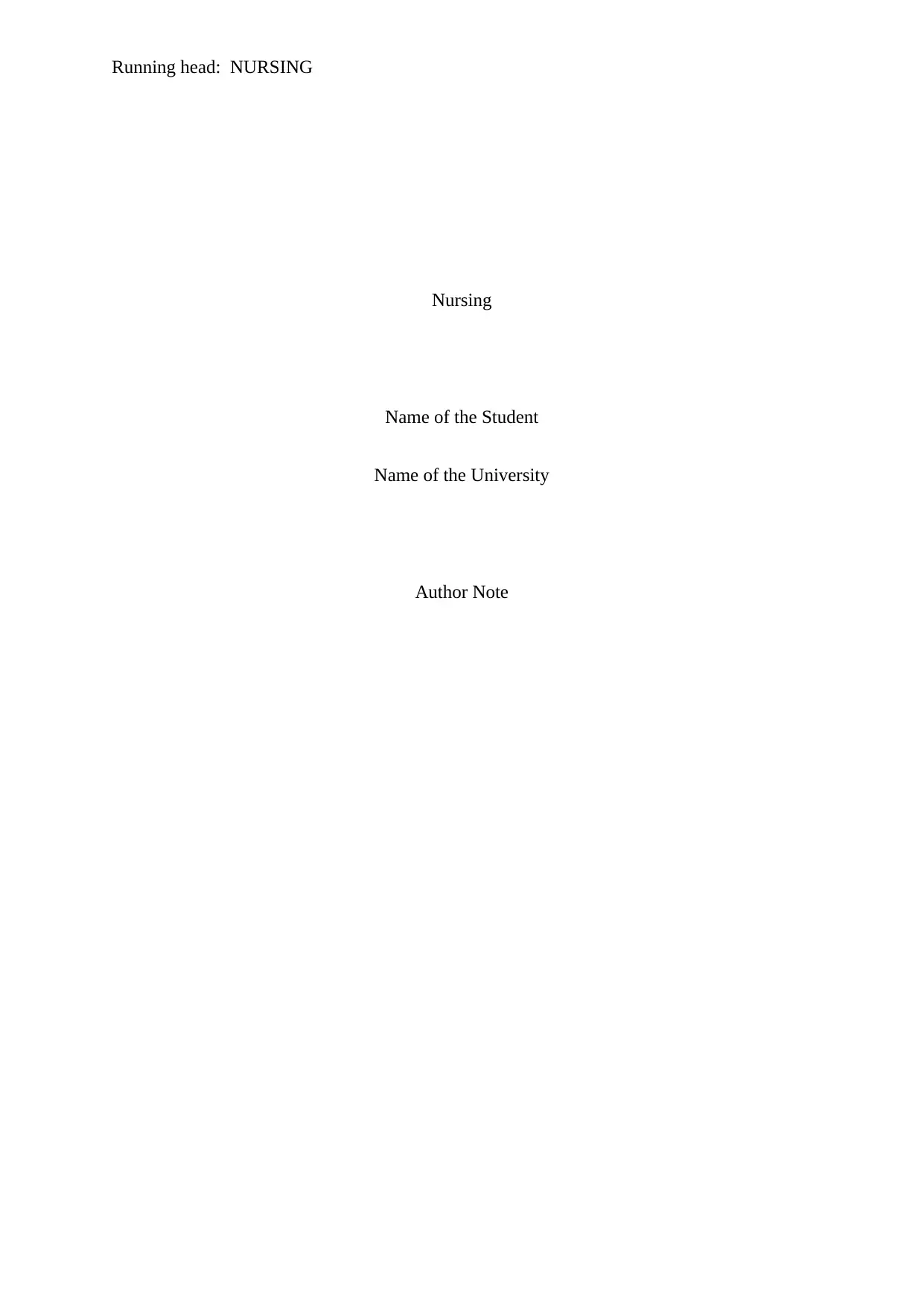
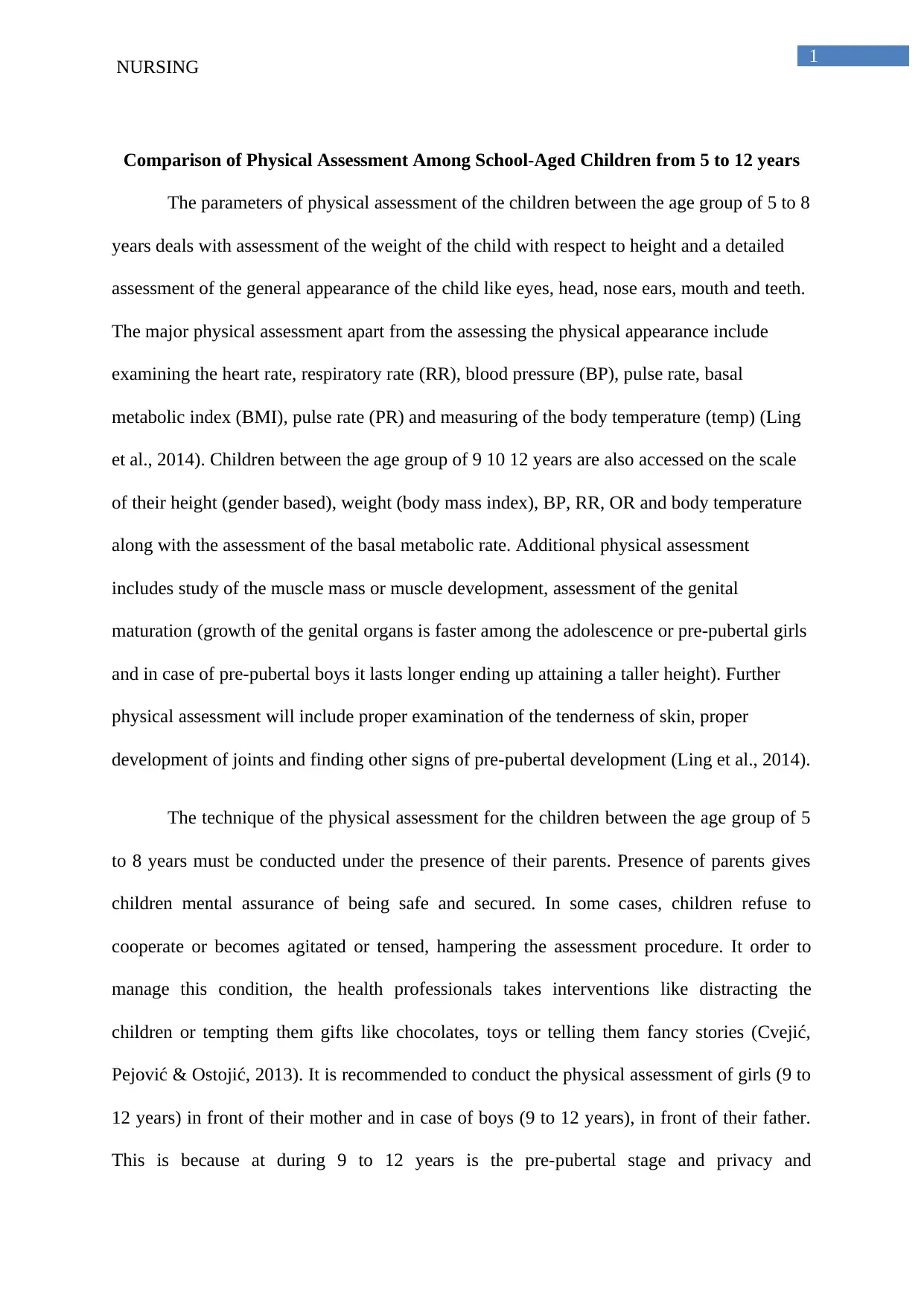
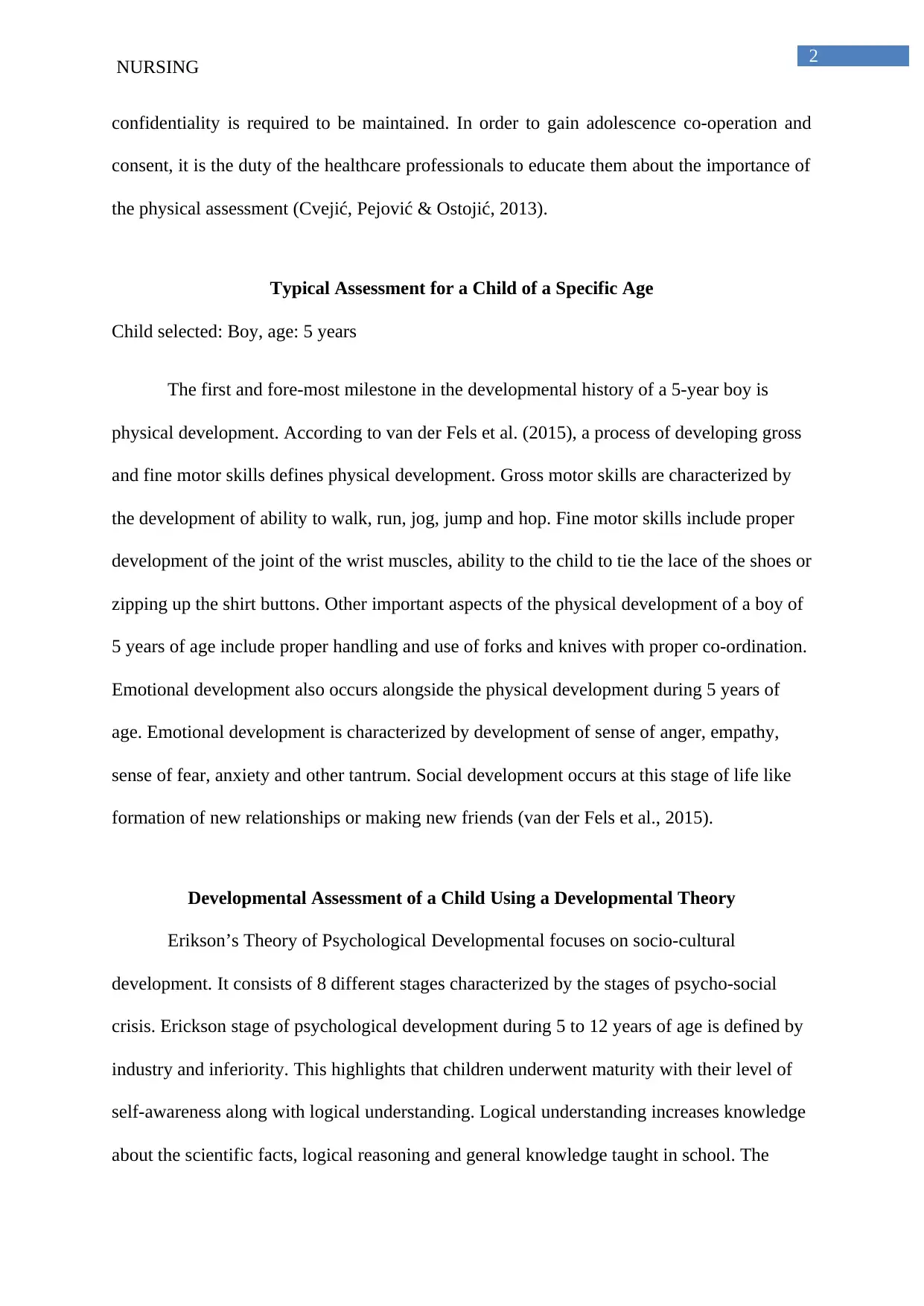
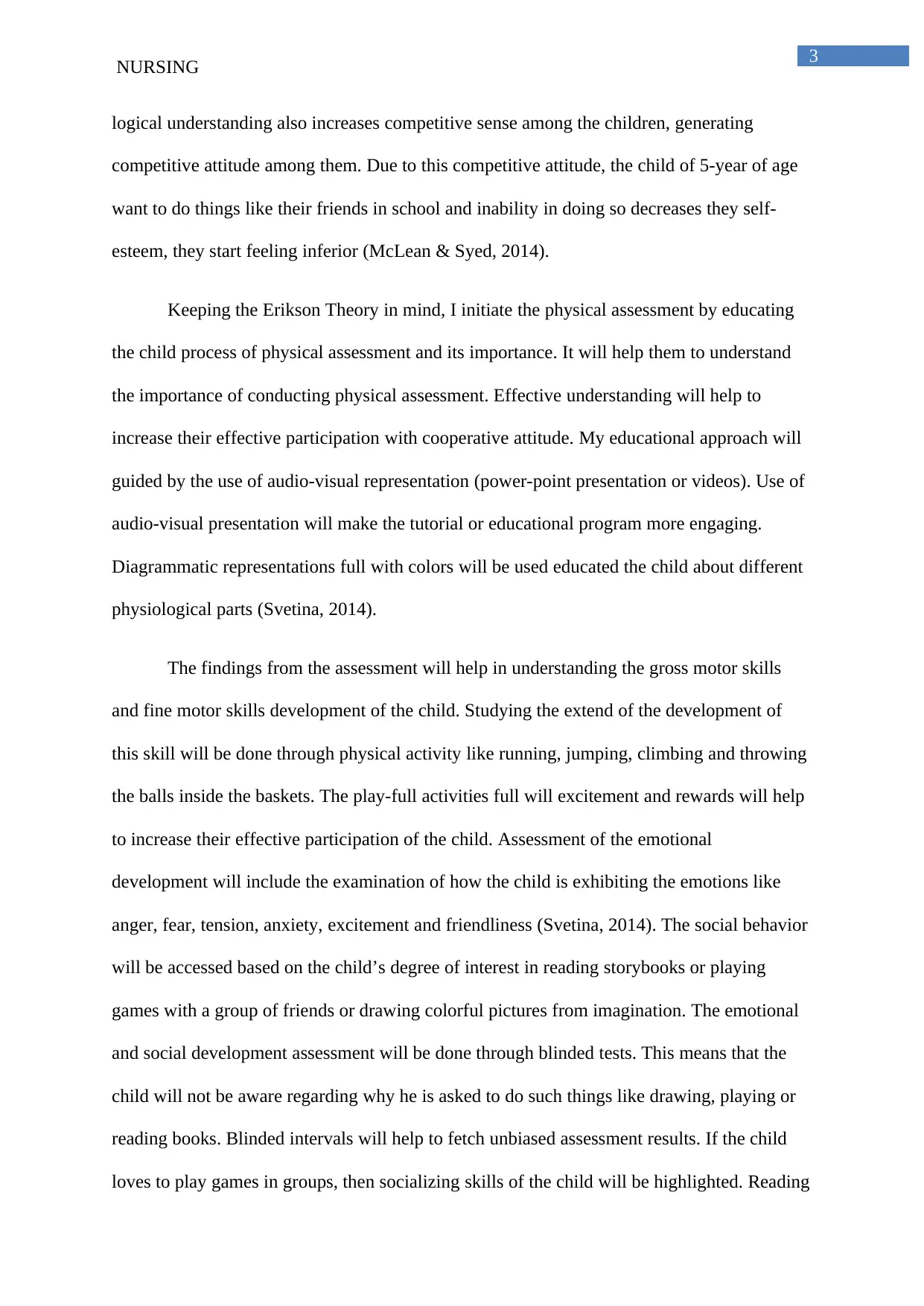

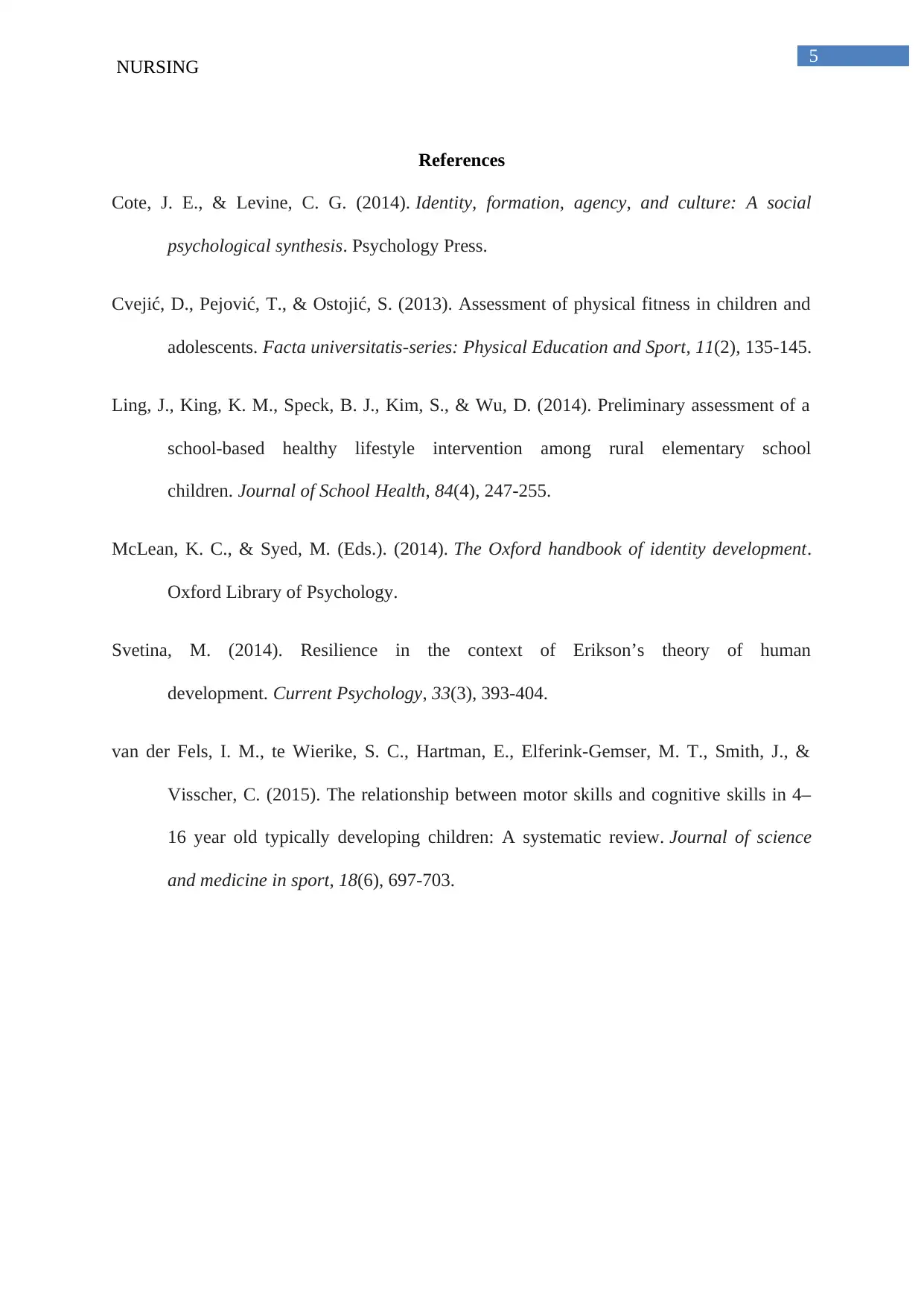





![[object Object]](/_next/static/media/star-bottom.7253800d.svg)